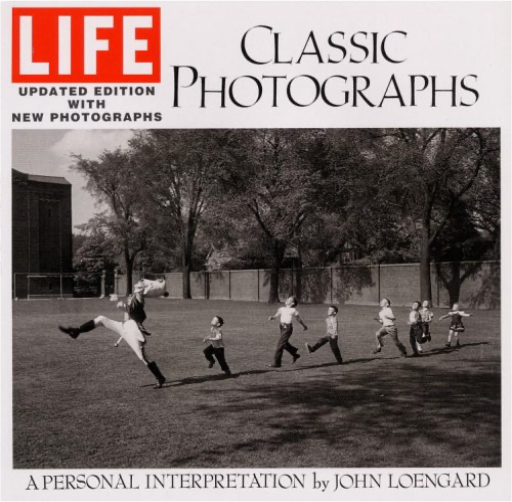 LIFE Classic Photographs: A Personal InterpretationJohn Loengard LIFE Classic Photographs: A Personal InterpretationJohn Loengard Collecting the best photographs from two thousand issues of Life magazine, a rerelease of the successful 1988 edition is complemented by eighteen additional works that include portraits of such figures as Dolly Parton and the Clintons. Reprint.  New American Paintings, Number 47Open Studios Press New American Paintings, Number 47Open Studios Press Softcover - "The Eighth Open Studios Midwestern Competition - a catalog of the winner's work." 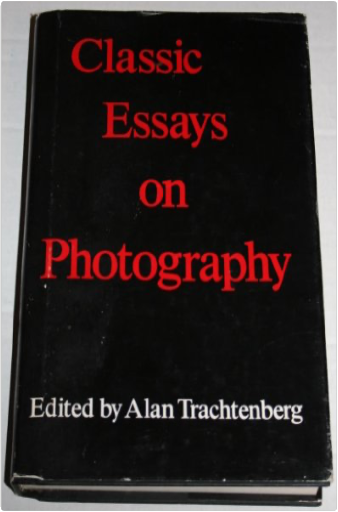 Classic Essays on PhotographyAlan Trachtenberg Classic Essays on PhotographyAlan Trachtenberg Containing 30 essays that embody the history of photography, this collection includes contributions from Niepce, Daguerre, Fox, Talbot, Poe, Emerson, Hine, Stieglitz, and Weston, among others. 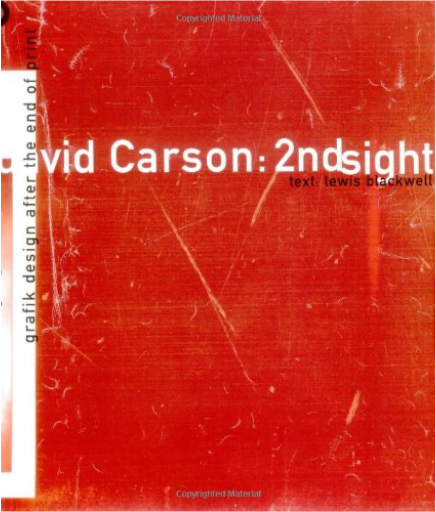 David Carson 2ndsight: Grafik Design after the End of PrintLewis Blackwell David Carson 2ndsight: Grafik Design after the End of PrintLewis Blackwell 2ndsight is the sequel to The End of Print, the first monograph on David Carson's work. Rather than simply being a collection of the work produced since the first book was published, however, 2ndsight is a sequel in the true sense of the word. While The End of Print showed the world Carson's radical new approach, his rejection of the traditional 'rules' of communication, 2ndsight examines the creative process behind the work, and considers the broader implications of his intuitive approach to graphic design. Intuition is central to the book's thesis, and its meaning and influence is explored both in Lewis Blackwell's writing and in the evocative texts by leading designers and thinkers interspersed throughout the book. 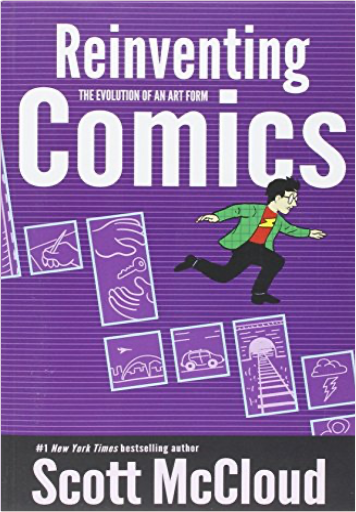 Reinventing Comics: The Evolution of an Art FormScott McCloud Reinventing Comics: The Evolution of an Art FormScott McCloud In 1993, Scott McCloud tore down the wall between high and low culture with the acclaimed international hit Understanding Comics, a massive comic book that explored the inner workings of the worlds most misunderstood art form. Now, McCloud takes comics to the next level, charting twelve different revolutions in how comics are created, read, and perceived today, and how they're poised to conquer the new millennium. 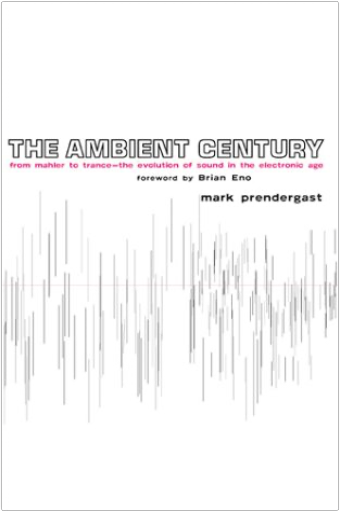 The Ambient Century: From Mahler to Trance: The Evolution of Sound in the Electronic AgeMark Prendergast The Ambient Century: From Mahler to Trance: The Evolution of Sound in the Electronic AgeMark Prendergast A comprehensive and absorbing look at the music of the twentieth century, with an introduction by Brian Eno. 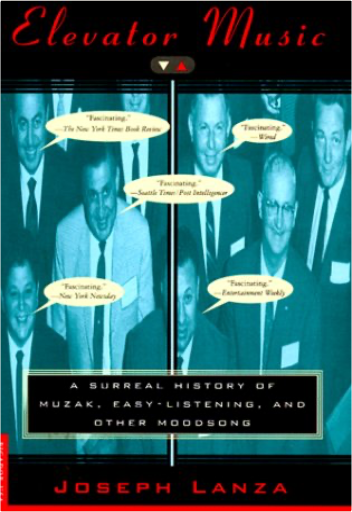 Elevator Music: A Surreal History of Muzak, Easy-Listening, and Other MoodsongJoseph Lanza Elevator Music: A Surreal History of Muzak, Easy-Listening, and Other MoodsongJoseph Lanza It's campy, it's cool, empty, intrusive, trite, and treacly. It's Big Brother singing. Call it what you will — elevator music, Moodsong ® easy listening, or Muzak ®. For a musical genre that was supposed to offend no one, it has a lot of enemies. 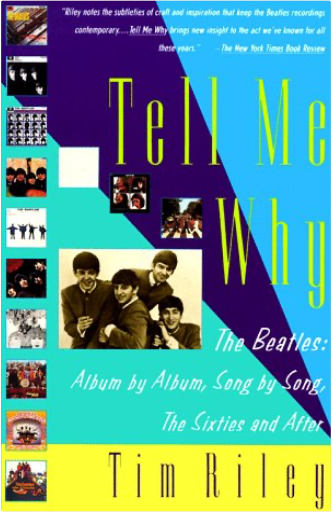 Tell Me Why: The Beatles: Album by Album, Song by Song, The Sixties and AfterTim Riley Tell Me Why: The Beatles: Album by Album, Song by Song, The Sixties and AfterTim Riley Perhaps the first serious analysis of the Beatles' work and its impact on popular music, Tell Me Why is meticulous in its purpose and long overdue....Of the hundreds of books written about [the Beatles] none bring the musical knowledge and the familiarity with the period that Riley offers here." 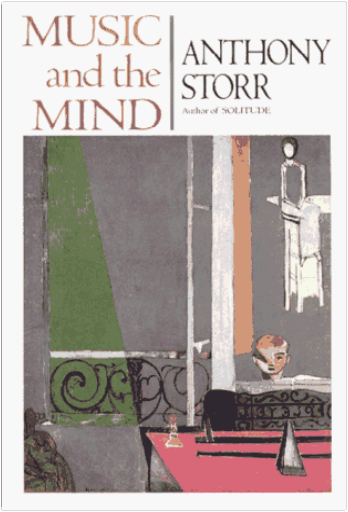 Music and the MindAnthony Storr Music and the MindAnthony Storr Why does music have such a powerful effect on our minds and bodies? It is the most mysterious and most intangible of all forms of art. Yet, Anthony Storr believes, music today is a deeply significant experience for a greater number of people than ever before. In this challenging book, he explores why this should be so. Music is a succession of tones through time. How can a sequence of sounds both express emotion and evoke it in the listener? Drawing on a wide variety of opinions, Storr argues that the patterns of music make sense of our inner experience, giving both structure and coherence to our feelings and emotions. Dr. Storr was a practicing psychiatrist for nearly forty years and is a distinguished thinker about the sources of creativity. He is deeply concerned with the psychology of the creative process and with the healing power of the arts. Here he explains how, in a culture which requires us in our daily working lives to separate rational thought from feelings, music reunites the mind and body, restoring our sense of personal wholeness. It is because music possesses this capacity that many people, including the author, find it so life-enhancing that it justifies existence. Dr. Storr's investigation of music is also an exploration of the human psyche. That is why this book, like all his work, deepens our understanding of ourselves and the lives we lead. 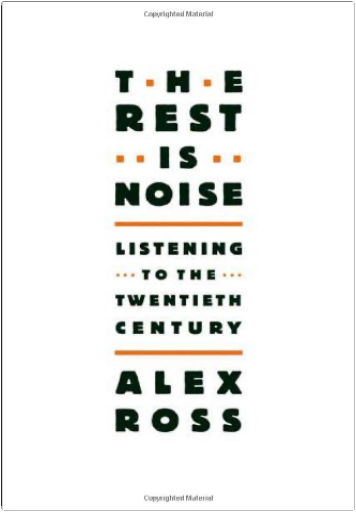 The Rest Is Noise: Listening to the Twentieth CenturyAlex Ross The Rest Is Noise: Listening to the Twentieth CenturyAlex Ross The scandal over modern music has not died down. While paintings by Pablo Picasso and Jackson Pollock sell for a hundred million dollars or more, shocking musical works from Stravinsky's Rite of Spring onward still send ripples of unease through audiences. At the same time, the influence of modern music can be felt everywhere. Avant-garde sounds populate the soundtracks of Hollywood thrillers. Minimalist music has had a huge effect on rock, pop, and dance music from the Velvet Underground onward. Alex Ross, the brilliant music critic for The New Yorker, shines a bright light on this secret world, and shows how it has pervaded every corner of twentieth century life. The Rest Is Noise takes the reader inside the labyrinth of modern sound. It tells of maverick personalities who have resisted the cult of the classical past, struggled against the indifference of a wide public, and defied the will of dictators. Whether they have charmed audiences with the purest beauty or battered them with the purest noise, composers have always been exuberantly of the present, defying the stereotype of classical music as a dying art. Ross, in this sweeping and dramatic narrative, takes us from Vienna before the First World War to Paris in the twenties, from Hitler's Germany and Stalin's Russia to downtown New York in the sixties and seventies. We follow the rise of mass culture and mass politics, of dramatic new technologies, of hot and cold wars, of experiments, revolutions, riots, and friendships forged and broken. In the tradition of Simon Schama's The Embarrassment of Riches and Louis Menand's The Metaphysical Club, the end result is not so much a history of twentieth-century music as a history of the twentieth century through its music. 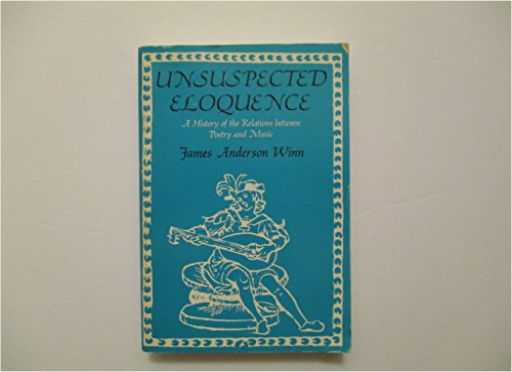 Unsuspected Eloquence: A History of the Relations Between Poetry and MusicJames Anderson Winn Unsuspected Eloquence: A History of the Relations Between Poetry and MusicJames Anderson Winn From the back cover: "The first general book on the changing relations between poetry and music in Western history, tracing technical influences and aesthetic quarrels from Greek antiquity to the mid-twentieth century". 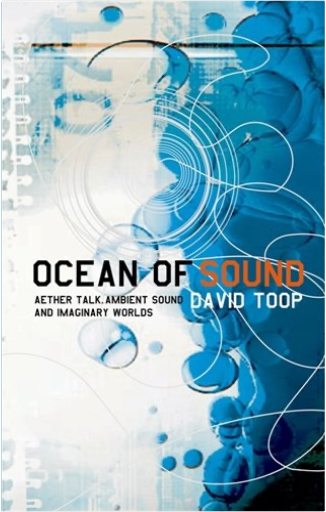 Ocean of Sound: Aether Talk, Ambient Sound and Imaginary WorldsDavid Toop Ocean of Sound: Aether Talk, Ambient Sound and Imaginary WorldsDavid Toop An extraordinary work of sonic history that travels from the rainforests of the Amazon to virtual Las Vegas, from erik Satie to the Velvet Underground, from the new digital technology to the sounds of war, in exploration of a new musical culture. Also includes extensive discography and bibliography. |
 Made with Delicious Library
Made with Delicious LibraryDenver, CO zipflap congrotus delicious library Tolva, John
